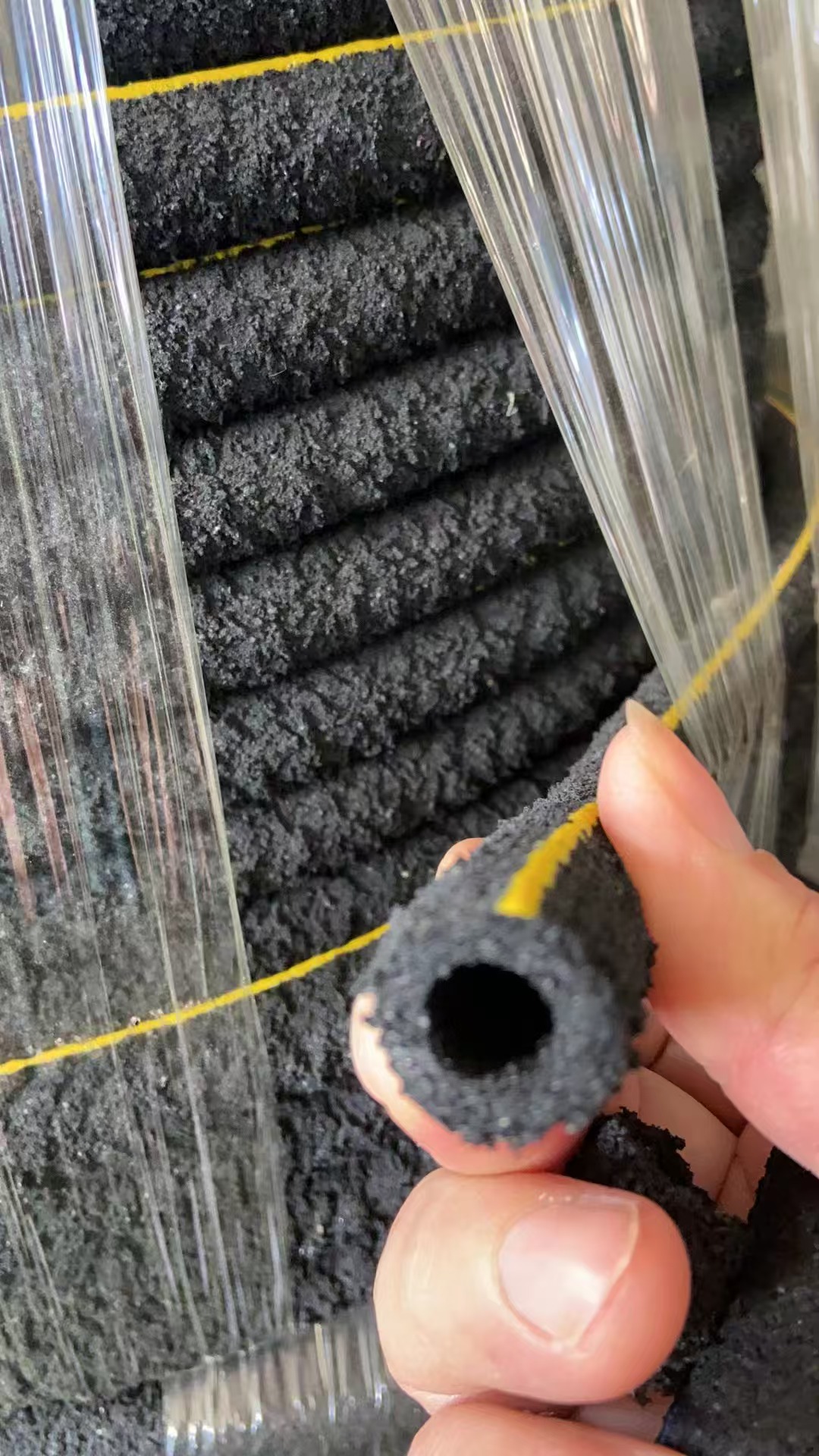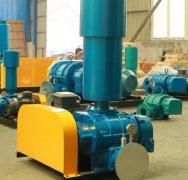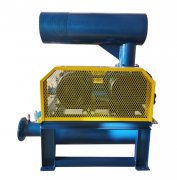The use of microporous aeration for oxygenation in fish ponds usually does not cause backflow. The following is an explanation of this viewpoint:
1、 Working principle and advantages of microporous aeration for oxygenation
1. Working principle: Micro porous aeration oxygenation technology uses an aeration high-pressure fan to press air into the gas pipeline, which is then sent into the micro porous tube and dispersed into the water in the form of micro bubbles. These tiny bubbles rise from bottom to top, promoting the full dissolution of oxygen into the water while causing the rotation and up and down flow of the water flow.
2. Advantages:
① Efficient oxygenation: Micro porous aeration can rapidly increase dissolved oxygen in water, with energy consumption less than a quarter of traditional oxygenation devices.
② Improving water quality: By promoting the rotation and up and down flow of water bodies, it helps to bring harmful gases from the bottom out of the water surface and improve the water quality conditions of aquaculture ponds.
③ Energy saving and low noise: The microporous oxygenation device has the characteristics of energy saving and low noise, and is suitable for long-term operation.
④ Increasing yield: Adequate dissolved oxygen ensures the growth of fish and shrimp, improving the survival rate, specifications, and yield of fish and shrimp seedlings.
2、 The phenomenon of bottoming out and its causes
Bottom returning usually refers to the process of upward diffusion of organic debris and some harmful substances (such as ammonia sulfite and hydrogen sulfide) at the bottom of the pond under external factors such as typhoon rainstorm and sudden cooling. This is not directly related to the working principle and effect of microporous aeration for oxygenation.
3、 Positive effects of microporous aeration for oxygenation on fish ponds
1. Enhancing the self purification ability of water bodies: Continuous micro porous aeration and oxygenation can help improve the self purification ability of water bodies, resulting in a natural balance between bacterial and algal phases.
2. Creating a suitable growth environment: It creates a suitable growth environment for aquatic organisms such as fish, shrimp, and crabs, reducing the occurrence of diseases.
3. Improving aquaculture efficiency: By improving water quality and providing sufficient dissolved oxygen, it helps to enhance the survival ability and aquaculture efficiency of the aquaculture population.
In summary, the use of microporous aeration for oxygenation in fish ponds usually does not cause a backflow phenomenon. On the contrary, it helps improve the water quality conditions of fish ponds, enhance aquaculture efficiency, and ensure the healthy growth of aquatic organisms.



